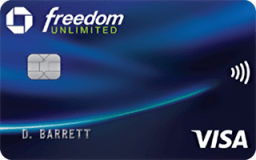Both the Capital One Quicksilver Cash Rewards Credit Card and the Capital One Savor Cash Rewards Credit Card offer enticing cash back rewards and share similar benefits like no annual fee and introductory APR offers. But the Savor Cash edges ahead with a higher cash back rate on dining, entertainment, and groceries, making it the superior choice if you spend frequently in these categories.
But the Quicksilver card's appeal lies in its simplicity, offering a flat cash back rate on all purchases, which could be beneficial if you prefer a no-fuss rewards structure.














